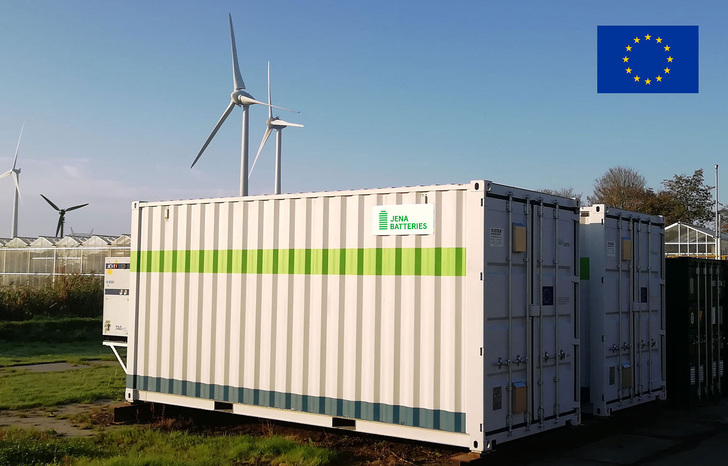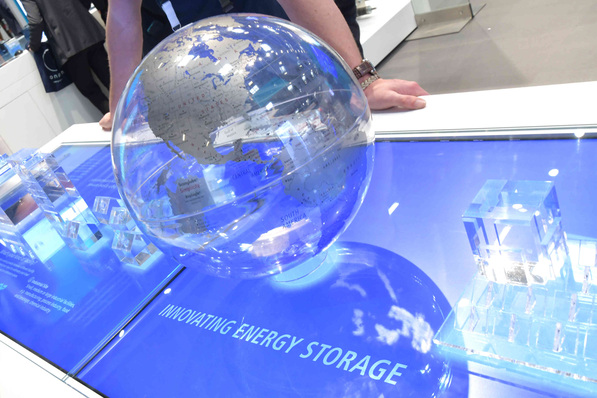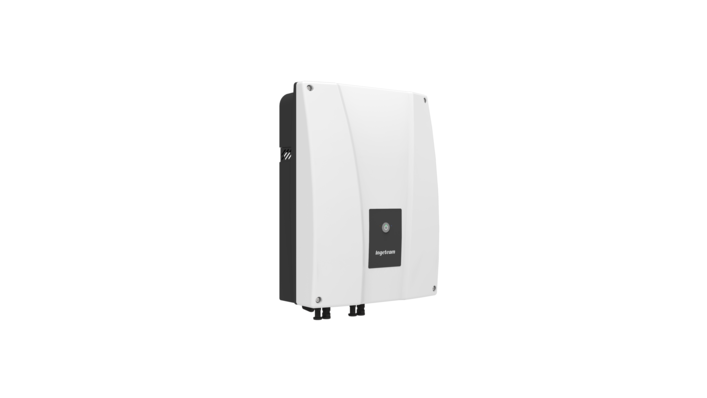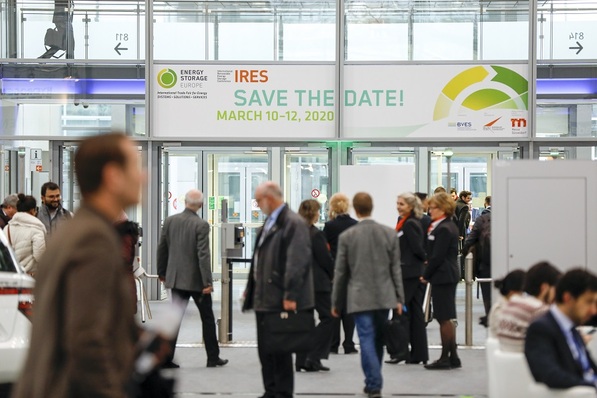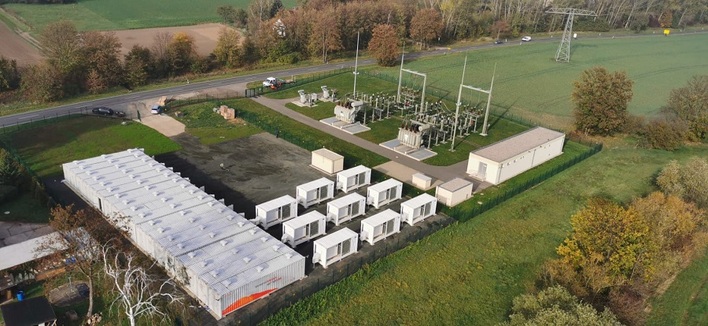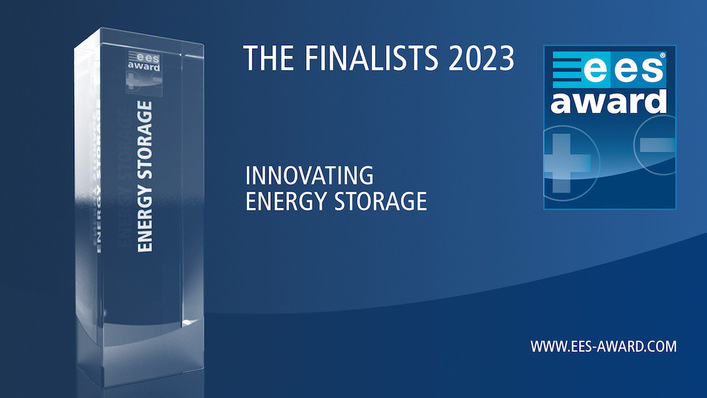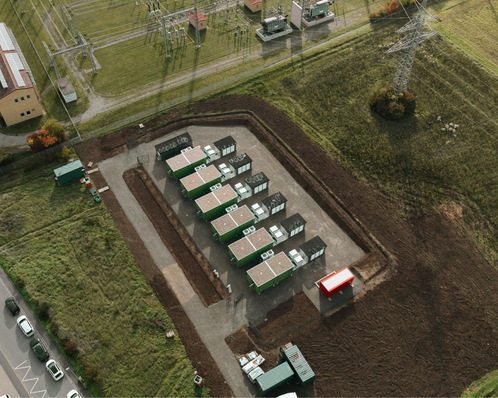In the commercial storage sector, size – at least in terms of dimensions – is less significant than reliability and a long service life. And this is where redox flow technology can score points:
The new material developed by JenaBatteries and BASF will be utilised in batters technology for the storage of electricity from renewable energy sources and for stabilizing conventional transmission grids. JenaBatteries, which has developed this technology based on a so-called redox flow battery (RFB) with organic materials, thus has the world's first commercially available technology of this kind. Two liquid organic electrolytes separated by a membrane and stored in separate tanks store the current. BASF will supply one of the two electrolytes as part of the collaboration. This battery material is based on an amine, a chemical intermediate that the company can produce on an industrial scale. JenaBatteries plans to market the first RFB in 2020.
High degree of flexibility
RFBs store electrical energy in chemical compounds. The two reaction partners are present in dissolved form and circulate in two separate circuits. The ion exchange between the two energy-storing electrolytes takes place through a membrane in the galvanic cell. Here the chemical reduction or oxidation of the dissolved substances takes place. Electrical energy is absorbed during charging and released during discharging. The size of the connected and scalable tanks is the determining factor for the capacity of the RFB. They are therefore suitable for use as large-format, stationary energy storage units with an input/output of 100 kilowatts and above and a capacity of 400 kilowatt hours and above. With a high degree of flexibility, RFBs enable particularly high outputs of several hundred megawatts and capacities in the range of gigawatt hours. These properties are particularly useful for renewable energy sources that generate electricity independent of demand. Surplus electricity can be stored and delivered on demand. RFBs do not contain any flammable or explosive substances. Compared to other batteries, RFBs last about ten times longer because they can be charged over 10,000 times.
Cost-effective storage technology
Olaf Conrad, Managing Director of JenaBatteries, said: "We are pleased to have won BASF as an experienced partner for one of the two electrolytes in our batteries. The globally active company has the know-how, the necessary resources and last but not least a special understanding of JenaBatteries' technology. The industrial production of the electrolyte on a large scale at BASF enables us to provide our customers with electricity storage technology that is cost-effective compared with our competitors."
Oliver Cullmann, Vice President, head of the Special Amines Europe unit in BASF's Intermediates division: "JenaBatteries is a start-up that supports the use of renewable energies with its solutions and therefore fits perfectly with our sustainability strategy. For BASF, the cooperation offers a new, attractive and future-oriented field of application for our amine chemistry.“ (mfo)
Here, in case you missed them, are Part 1, Part 2 and Part 3 of this week's series.

